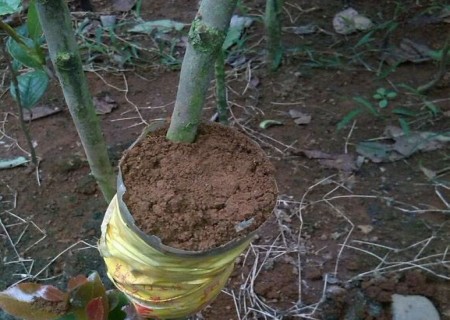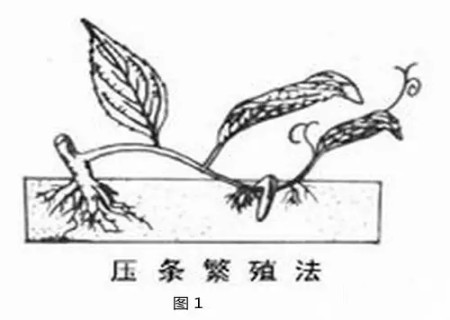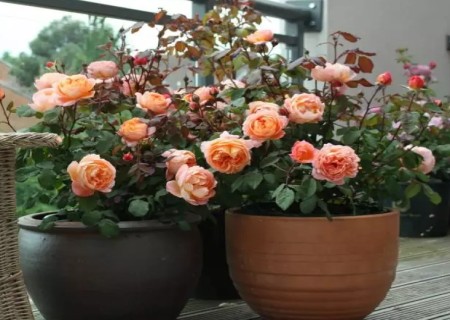High pressure Propagation of Camellia
Camellia is also known as Camellia, Evening Camellia, Datura, Camellia and so on. It can blossom from mid-October to mid-April next year, but most of them blossom from February to April. There are many colors, such as red, pink, white and so on, which are deeply loved by urban and rural residents. Camellia can be propagated by sowing, cutting, striping, grafting and other methods, and high branch striping method is often used for propagation.
High pressure, also known as ring branch, is the most suitable period from May to September. The part of camellia under high pressure should be more than 15 cm from the top of the tip, and more than 2 branches are better. High pressure should be combined with the shaping of the mother plant, and protruding branches should be selected on the uneven crown.

Camellias often draw out summer shoots one after another around June, and carry out high pressure on this kind of branches, and its position should be in the spring shoot below the junction of spring and summer shoots. In the selected part, cut the distance between the branches by 2 cm with a knife, and then cut off the bark between the two loops. after the exposed xylem surface is dry (usually more than 2 days), wrap the ring-cut parts with mud strips or moss made of grass mixed with clay, and add a transparent film to moisturize.
New roots can be sent out in about 3 months, then cut off the mother plant, planted in the sand bed, and then pay attention to drenching and moisturizing.
The high branch pressing is mostly carried out between April and May by selecting the last year's branches, peeling the ring in the high pressure part with a width of 0.5 cm, and wrapping the ring peeling part with a moderate size plastic film with a length of 10 cm to 15 cm, first tightening the lower mouth, inside the moist culture soil, often keeping the soil moist, and then tightening the upper part of the mouth; after the root can be cut off and planted again.
The high-pressure propagation method is very suitable for those who are extremely difficult to root or want to separate larger plants from the mother plant, and can be combined with the mother tree to trim the crown, killing two birds with one stone. This low-split double-pole Krei black plant is intended to be cultivated into two camellias with higher branches suitable for the courtyard, and the offspring will be more than 1 meter tall.
The specific steps of high pressure method are as follows:
After determining the high pressure position, cut twice on the diameter with a knife, the two rings are cut about 3cm, and then peel the skin between the two knives as deep as wood. But don't peel it off, just peel off 8/10, leaving some skin for the offspring to nourish.
Tie a thick plastic sheet about 3 to 5 centimeters below the ring strip, make it into a round pocket, add loess rotten pine leaf soil and filler to fill it, and then fasten the pocket at about 3cm above the peel.
When the diameter of the branch to be separated is less than 2.5 cm, the waste Coke bottle mineral water bottle can be used to hold the filler, which is very convenient: cut out a section of the bottom of the bottle, then cut it longitudinally, and then cover the mouth of the bottle with a branch downwardly. fill the fixed cup along about three centimeters above the ring.
Finally, the mixture of rooting agent carbendazim was poured through the filler.
After the completion of the high-pressure method, it enters the management stage, mainly to replenish water and moisturize when the filling is too dry, and the key point in the later stage is that the root hair is relatively exuberant and should not be cut off at once when it is separated from the mother plant. The method of wire binding or ring-cutting should be adopted to gradually prevent the mother plant from conveying nutrients to the offspring until it can be separated.
Time: 2019-06-09 Click:
- Prev

Graphic method of High pressure Propagation of Prunus mume
Some novice flower friends do not understand what is high-pressure reproduction, high-pressure reproduction is a kind of striping propagation, striping is divided into high pressure and low pressure, low-pressure reproduction is simply to press the branches directly to the ground, as shown in figure 1. The high pressure (figure 2) is due to the fact that some plant branches are not easy to bend.
- Next

High pressure breeding method of rose
A wide variety of rose flowers bloom throughout the year, the color is extremely rich, such as red, white plain jade, yellow satin, purple still gemstone, bright color, colorful, is incomparable to many flowers. High pressure is one of the commonly used methods in the propagation of rose.
Related
- Fuxing push coffee new agricultural production and marketing class: lack of small-scale processing plants
- Jujube rice field leisure farm deep ploughing Yilan for five years to create a space for organic food and play
- Nongyu Farm-A trial of organic papaya for brave women with advanced technology
- Four points for attention in the prevention and control of diseases and insect pests of edible fungi
- How to add nutrient solution to Edible Fungi
- Is there any good way to control edible fungus mites?
- Open Inoculation Technology of Edible Fungi
- Is there any clever way to use fertilizer for edible fungus in winter?
- What agents are used to kill the pathogens of edible fungi in the mushroom shed?
- Rapid drying of Edible Fungi

